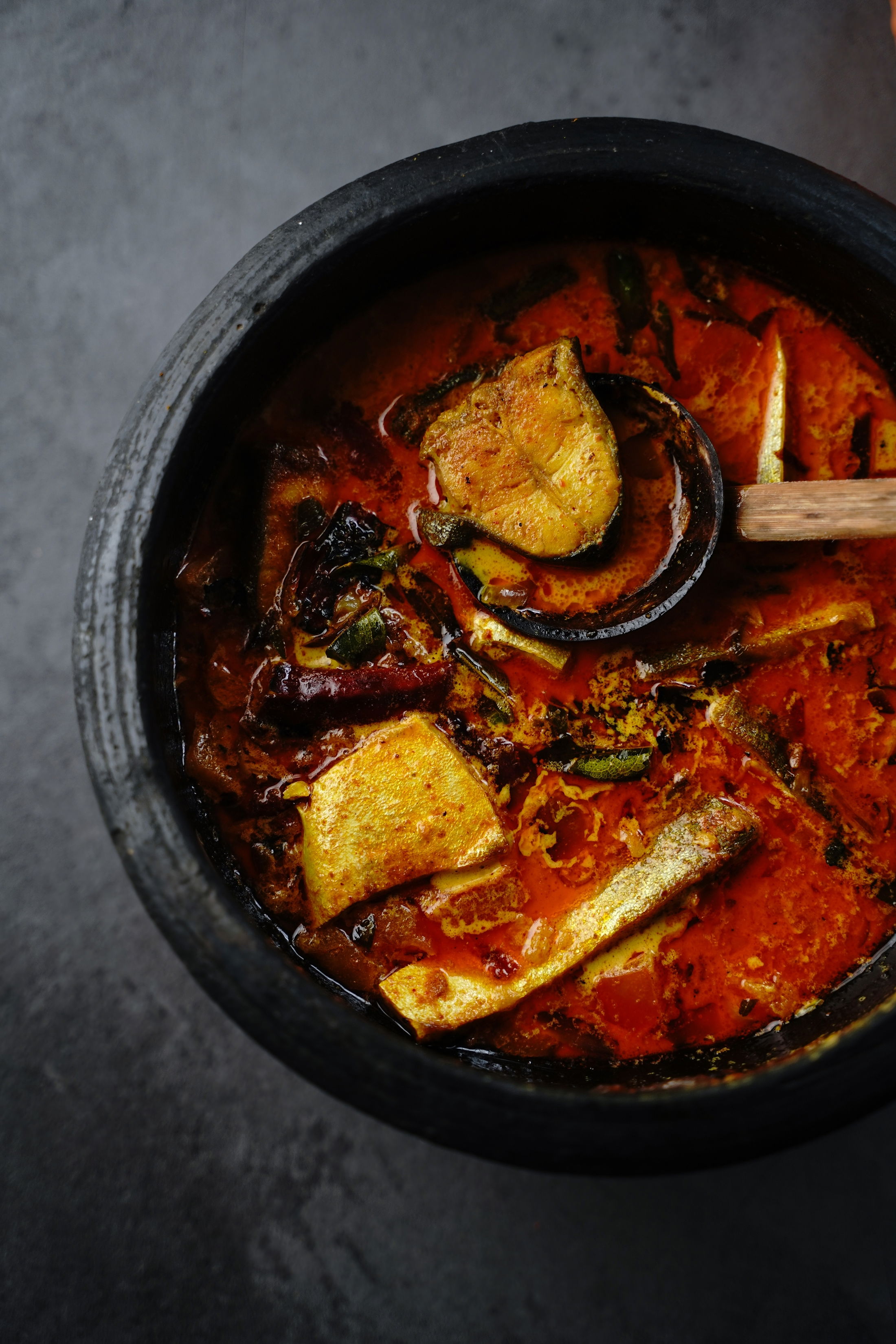The Enchanting World of Ceylon Spices: A Journey Through Flavor and History
Ceylon, known today as Sri Lanka, has been a pivotal player in the global spice trade for centuries. The island's fertile soil, tropical climate, and rich biodiversity make it an ideal environment for cultivating a wide variety of spices that have been prized by chefs, healers, and traders alike. Ceylon spices are renowned for their exceptional quality, rich flavors, and numerous health benefits. Let’s take a deeper look at what makes these spices so special and why they continue to be cherished around the world.

1. The Legacy of Ceylon Spices
The history of Ceylon spices is intertwined with the island's own story, one of trade, colonization, and cultural exchange. For thousands of years, Ceylon was a key stop along the ancient spice routes that connected the East and West. Traders from Arabia, India, and Europe sought out the island’s valuable spices, particularly cinnamon, which was worth more than its weight in gold in the ancient world. The Portuguese, Dutch, and British all established colonial outposts in Ceylon, driven largely by their desire to control the lucrative spice trade.
2. The Crown Jewel: Ceylon Cinnamon
Ceylon cinnamon, also known as "true cinnamon" (*Cinnamomum verum*), is perhaps the most famous of all Ceylon spices. Unlike the more common cassia cinnamon, Ceylon cinnamon is characterized by its delicate, sweet flavor and soft, crumbly texture. It is harvested from the inner bark of the cinnamon tree, which is carefully peeled and dried into quills. Revered for its culinary versatility and medicinal properties, Ceylon cinnamon is a staple in kitchens around the world, used in everything from savory dishes to sweet desserts.

Health Benefits:
Ceylon cinnamon is known for its anti-inflammatory and antioxidant properties. It has been linked to improved heart health, better blood sugar control, and even a reduced risk of neurodegenerative diseases. Its mild flavor makes it a perfect addition to a wide range of dishes, allowing consumers to enjoy its benefits in various culinary contexts.
3. The Spice of Kings: Ceylon Pepper
Ceylon pepper, often referred to as the "King of Spices," is another prized export from the island. The unique terroir of Sri Lanka gives Ceylon pepper its distinctive flavor profile, which is robust yet nuanced, with a hint of sweetness. Both black and white pepper are produced in Sri Lanka, with black pepper being made from the unripe berries of the pepper plant and white pepper from fully ripened berries.
Health Benefits:
Pepper is rich in piperine, a compound that has been shown to improve digestion, reduce inflammation, and enhance the bioavailability of other nutrients, making it not just a flavor enhancer but also a functional food.
4. Aromatic Treasures: Cardamom, Cloves, and Nutmeg
Beyond cinnamon and pepper, Sri Lanka is also famous for its production of cardamom, cloves, and nutmeg, each contributing their own unique flavors and aromas to the island’s spice repertoire.
Cardamom: Often referred to as the "Queen of Spices," cardamom from Sri Lanka is known for its bright, citrusy flavor and is a key ingredient in both sweet and savory dishes.- **Cloves**: These aromatic flower buds have a warm, sweet, and slightly bitter flavor, making them ideal for both culinary and medicinal use. Ceylon cloves are particularly valued for their high oil content.- **Nutmeg**: Known for its warm, nutty flavor, nutmeg from Sri Lanka is often used in baking, beverages, and as a seasoning in savory dishes. It’s also known for its medicinal properties, including its use as a digestive aid.
5. Organic and Sustainable Practices
Sri Lanka's spice farmers are increasingly embracing organic and sustainable farming practices, recognizing the importance of preserving the environment while maintaining the high quality of their products. These practices not only benefit the environment but also ensure that consumers receive pure, unadulterated spices that are free from harmful chemicals.

6. Culinary and Global Influence
The influence of Ceylon spices extends far beyond the island’s shores. These spices have played a crucial role in shaping global cuisines, from the curries of South Asia to the baked goods of Europe. Today, they continue to be celebrated by chefs and home cooks alike for their ability to elevate dishes with their complex flavors and aromas.
Conclusion
Ceylon spices are more than just ingredients; they are a part of Sri Lanka’s cultural heritage and a testament to the island’s enduring connection to the natural world. Whether used for their culinary versatility or their health benefits, these spices bring a piece of Sri Lanka’s rich history and vibrant culture into kitchens around the world. As global demand for authentic, high-quality spices continues to grow, Ceylon spices remain a timeless and invaluable treasure.

This exploration of Ceylon spices not only highlights their unique qualities but also invites readers to appreciate the rich cultural and historical context in which they are produced. Whether you’re a seasoned chef or a culinary enthusiast, incorporating Ceylon spices into your dishes is a way to connect with a centuries-old tradition of flavor, health, and heritage.